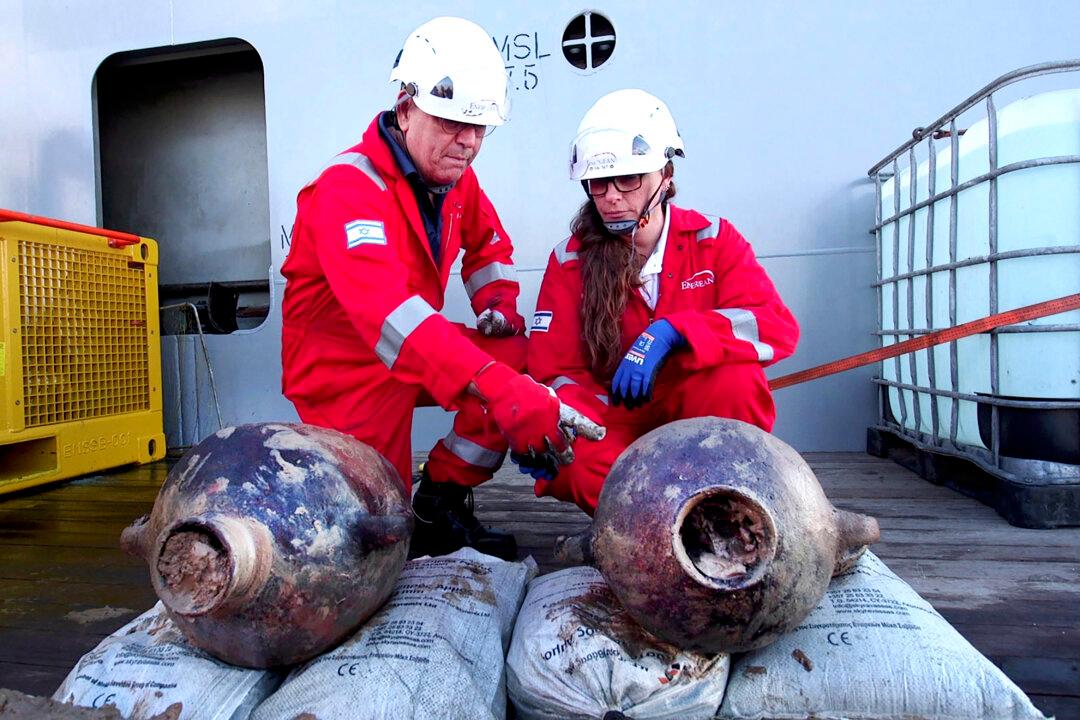JetBlue CEO said on March 29 that the company is forced to cut 10 percent of its New York flights due to a shortage of air traffic controllers.
The budget airline’s CEO, Robin Hayes, talking to the Economic Club of New York, said that staffing in the air traffic control center that handles all inbound, outbound, and through flights in the New York area is 54 percent understaffed, according to Fox Business.





